Ceiling lights play a crucial role in creating a well-designed space. They not only provide illumination but also contribute to the overall mood and ambiance of a room. Whether you’re looking to create a cozy and intimate atmosphere or a bright and vibrant space, the right ceiling lights can make all the difference.
Lighting has a significant impact on our emotions and can greatly influence how we feel in a particular space. Bright, white lights can make us feel more alert and focused, while warm, dim lights can create a sense of relaxation and comfort. By strategically placing ceiling lights throughout your home, you can create different moods and enhance the overall aesthetic appeal of your space.
Types of Ceiling Lights: Exploring Your Options
When it comes to ceiling lights, there are various options to choose from. Each type of ceiling light has its own unique characteristics and can be used to achieve different lighting effects. Some common types of ceiling lights include:
1. Chandeliers: Chandeliers are elegant and sophisticated light fixtures that hang from the ceiling. They often feature multiple arms or branches with decorative elements such as crystals or glass shades. Chandeliers are commonly used in dining rooms, entryways, or grand living spaces to create a focal point and add a touch of luxury.
2. Pendant Lights: Pendant lights are suspended from the ceiling by a cord, chain, or rod. They come in various shapes, sizes, and styles, making them versatile for any room in your home. Pendant lights are often used in kitchens, dining areas, or as bedside lighting in bedrooms.
3. Flush Mount Lights: Flush mount lights are installed directly onto the ceiling without any gaps between the fixture and the ceiling surface. They provide general illumination and are suitable for rooms with low ceilings or spaces where you want a clean and minimalist look.
4. Recessed Lights: Recessed lights, also known as can lights or downlights, are installed into the ceiling and provide a seamless and unobtrusive lighting solution. They are often used for task lighting in kitchens or bathrooms, or to highlight specific areas or objects in a room.
Choosing the Right Ceiling Lights for Your Space
When choosing ceiling lights for your space, there are several factors to consider. These include the size of the room, the height of the ceiling, the style of the room, and the desired lighting effect. Here are some tips to help you select the right ceiling lights:
1. Size: Consider the size of the room when choosing ceiling lights. A small room may be overwhelmed by a large chandelier, while a large room may require multiple pendant lights or a combination of different types of ceiling lights.
2. Style: Choose ceiling lights that complement the overall style of your space. If you have a modern and minimalist interior, opt for sleek and simple designs. For a more traditional or vintage look, consider chandeliers or pendant lights with ornate details.
3. Color: The color of your ceiling lights can also impact the overall ambiance of a room. Warm white lights create a cozy and inviting atmosphere, while cool white lights can make a space feel more vibrant and energetic.
4. Height: Consider the height of your ceiling when selecting ceiling lights. Low ceilings may require flush mount or recessed lights to avoid creating a cramped feeling, while high ceilings can accommodate larger chandeliers or pendant lights.
How to Install Ceiling Lights: A Step-by-Step Guide
Installing ceiling lights may seem like a daunting task, but with the right tools and instructions, it can be a straightforward process. Here is a step-by-step guide on how to install ceiling lights:
1. Turn off the power: Before starting any electrical work, turn off the power to the circuit you will be working on. This can be done by switching off the corresponding circuit breaker in your electrical panel.
2. Remove the existing fixture: If there is an existing light fixture, carefully remove it by unscrewing the mounting screws or nuts that hold it in place. Disconnect the wires and set aside the old fixture.
3. Install the mounting bracket: Attach the mounting bracket to the electrical box in the ceiling using the provided screws. Make sure it is securely fastened.
4. Connect the wires: Connect the wires from the ceiling to the wires of the new light fixture. Match the black (hot) wire to black, white (neutral) wire to white, and green or bare copper (ground) wire to green or bare copper.
5. Secure the light fixture: Once the wires are connected, carefully tuck them into the electrical box and attach the light fixture to the mounting bracket using the provided screws or nuts.
6. Test the light: Turn on the power and test the light to ensure it is working properly. If everything is functioning correctly, turn off the power again and secure any loose wires or connections.
Remember to always follow safety precautions when working with electricity. If you are unsure about any step of the installation process, it is best to consult a professional electrician.
The Benefits of LED Ceiling Lights
LED (Light Emitting Diode) lights have become increasingly popular in recent years due to their numerous advantages over traditional incandescent or fluorescent lights. Here are some benefits of using LED ceiling lights:
1. Energy Efficiency: LED lights are highly energy-efficient and consume significantly less electricity than traditional lighting options. This can result in substantial cost savings on your energy bills over time.
2. Long Lifespan: LED lights have a much longer lifespan compared to incandescent or fluorescent lights. They can last up to 50,000 hours or more, which means fewer replacements and less maintenance.
3. Durability: LED lights are more durable and resistant to shock, vibrations, and extreme temperatures. This makes them ideal for areas that require robust lighting solutions, such as outdoor spaces or high-traffic areas.
4. Instant On: LED lights turn on instantly without any warm-up time, unlike fluorescent lights that may take a few seconds to reach full brightness. This makes them ideal for areas where immediate illumination is required.
5. Design Flexibility: LED lights come in a wide range of shapes, sizes, and colors, allowing for greater design flexibility. They can be used to create unique lighting effects or to enhance the aesthetic appeal of a space.
Creative Ways to Use Ceiling Lights in Your Home

Ceiling lights can be used in creative ways to enhance the overall design and functionality of your home. Here are some examples of unique ways to use ceiling lights:
1. Cove Lighting: Cove lighting involves installing LED strips or rope lights in a recessed area near the ceiling. This creates a soft and indirect glow that adds depth and dimension to a room. Cove lighting is often used in living rooms, bedrooms, or dining areas to create a warm and inviting atmosphere.
2. Accent Lighting: Use ceiling lights to highlight specific architectural features or objects in your home. For example, install recessed lights above a fireplace or artwork to draw attention to these focal points. This can create a dramatic effect and add visual interest to your space.
3. Statement Lighting: Make a bold statement with a large and eye-catching chandelier or pendant light. Hang it in an unexpected location, such as above a staircase or in a bathroom, to create a wow factor and elevate the design of your home.
4. Task Lighting: Install recessed lights or pendant lights above kitchen countertops or workspaces to provide focused illumination for tasks such as cooking or reading. This ensures that you have adequate lighting in areas where it is needed the most.
Ceiling Lights for Different Room Types: Living Room, Bedroom, Kitchen and More
Different rooms in your home have different lighting needs, and choosing the right ceiling lights can greatly enhance the functionality and ambiance of each space. Here are some recommendations for ceiling lights in different room types:
1. Living Room: In the living room, a combination of ambient, task, and accent lighting is often used to create a versatile and inviting space. Consider installing a central chandelier or pendant light for general illumination, along with recessed lights or floor lamps for task lighting. Use wall sconces or picture lights to highlight artwork or architectural features.
2. Bedroom: In the bedroom, it is important to create a relaxing and cozy atmosphere. Opt for soft and warm lighting options such as pendant lights or wall sconces with dimmer switches. Bedside table lamps can also provide additional task lighting for reading or other activities.
3. Kitchen: The kitchen requires bright and focused lighting for tasks such as cooking and food preparation. Install recessed lights or pendant lights above countertops and workspaces to provide ample illumination. Under-cabinet lighting can also be used to enhance visibility and add a touch of ambiance.
4. Bathroom: In the bathroom, it is important to have adequate lighting for grooming tasks such as applying makeup or shaving. Install vanity lights on either side of the mirror to eliminate shadows on the face. Consider using recessed lights in the shower area or above the bathtub for additional illumination.
Maintenance and Care for Your Ceiling Lights
Proper maintenance and care are essential to ensure that your ceiling lights continue to function optimally and look their best. Here are some tips for cleaning and maintaining your ceiling lights:
1. Regular Cleaning: Dust and dirt can accumulate on your ceiling lights over time, affecting their brightness and appearance. Use a soft cloth or duster to gently wipe away any dust or debris. Avoid using abrasive cleaners or harsh chemicals, as they can damage the light fixtures.
2. Bulb Replacement: Regularly check the bulbs in your ceiling lights and replace any that have burned out. This will ensure that you have consistent illumination and prevent any strain on the remaining bulbs.
3. Safety Checks: Periodically inspect the wiring and connections of your ceiling lights to ensure they are secure and in good condition. Loose or damaged wires can be a safety hazard and should be addressed immediately.
4. Professional Maintenance: If you are unsure about how to properly clean or maintain your ceiling lights, it is best to consult a professional. They can provide expert advice and perform any necessary repairs or maintenance tasks.
The Latest Trends in Ceiling Light Design
Ceiling light design is constantly evolving, with new trends emerging each year. Here are some of the latest trends in ceiling light design:
1. Minimalist Designs: Clean lines, simple shapes, and neutral colors are popular in modern interior design. Minimalist ceiling lights with sleek and understated designs are a popular choice for those who prefer a clean and uncluttered look.
2. Industrial Style: Industrial-style lighting has gained popularity in recent years, with exposed bulbs, metal finishes, and vintage-inspired designs. Industrial-style ceiling lights can add a touch of character and charm to any space.
3. Geometric Shapes: Geometric shapes such as hexagons, triangles, and circles are being incorporated into ceiling light designs. These unique shapes can create visual interest and add a modern touch to your space.
4. Natural Materials: Ceiling lights made from natural materials such as wood or rattan are becoming increasingly popular. These organic materials add warmth and texture to a room and can complement a variety of interior styles.
Elevating Your Home with Beautiful Ceiling Lights
Ceiling lights are an essential element of interior design, providing both functionality and aesthetic appeal. They can greatly enhance the mood and ambiance of a space, creating a welcoming and visually appealing environment. By exploring the different types of ceiling lights available, considering factors such as size and style, and following proper installation and maintenance procedures, you can elevate your home with beautiful ceiling lights that reflect your personal style and enhance the overall design of your space. So go ahead, explore your options, and transform your home with the power of lighting.

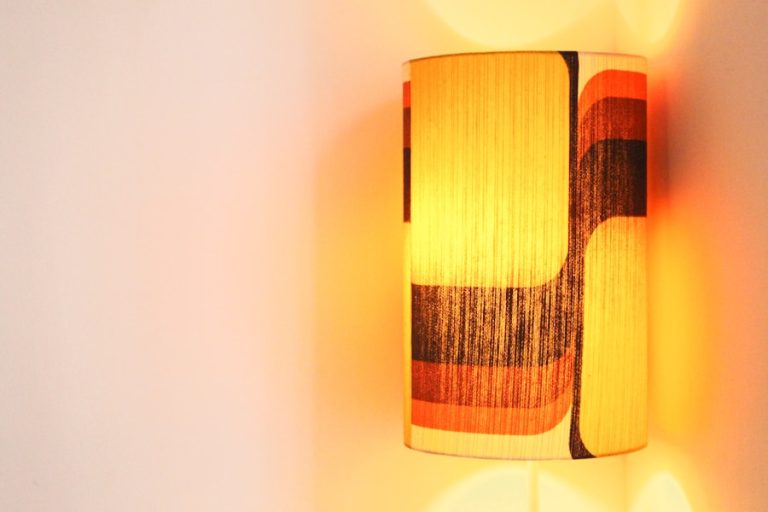
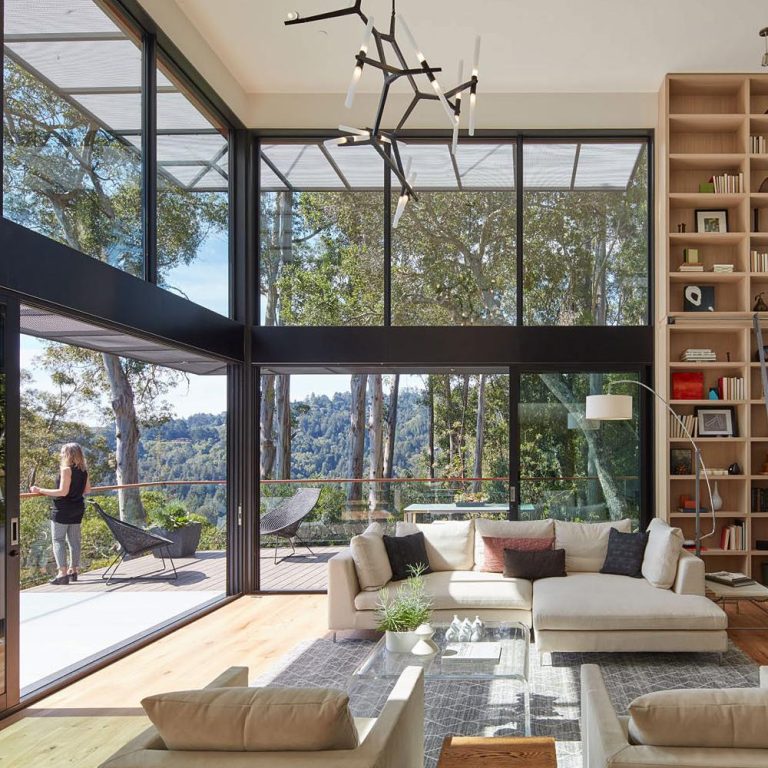
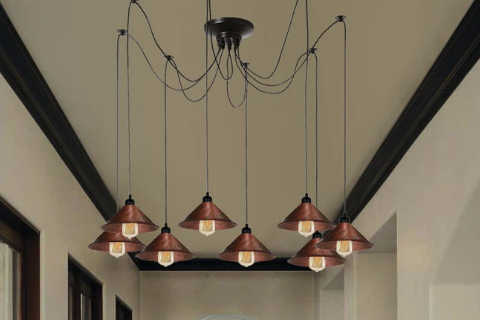
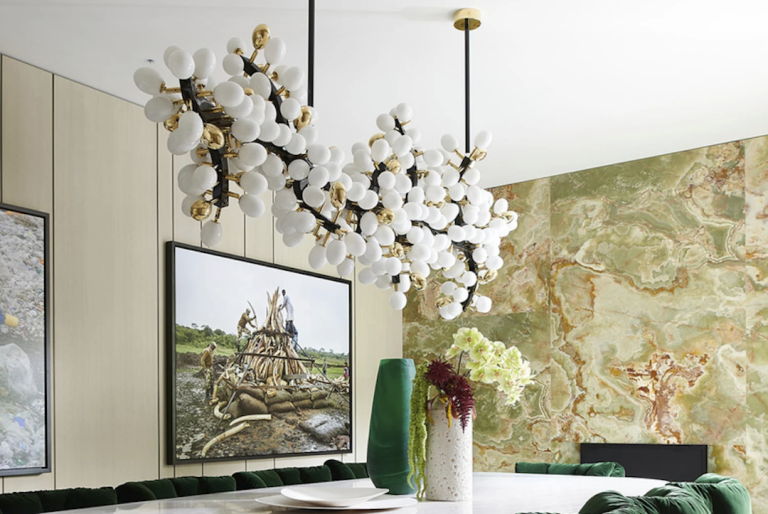
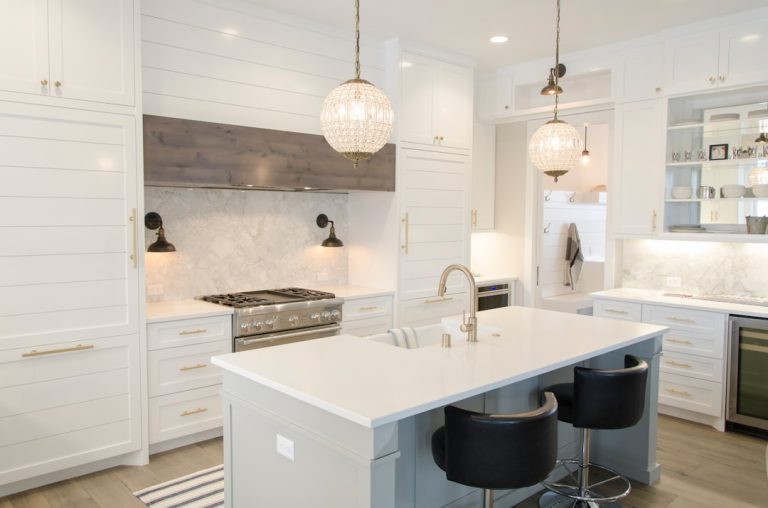
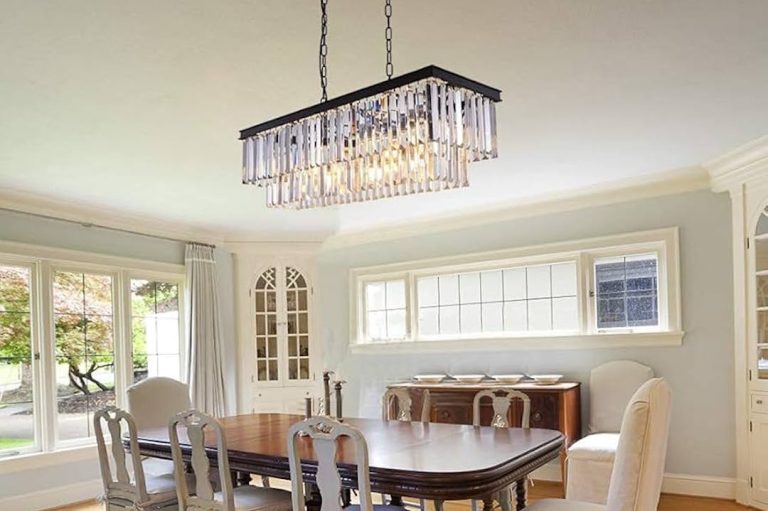
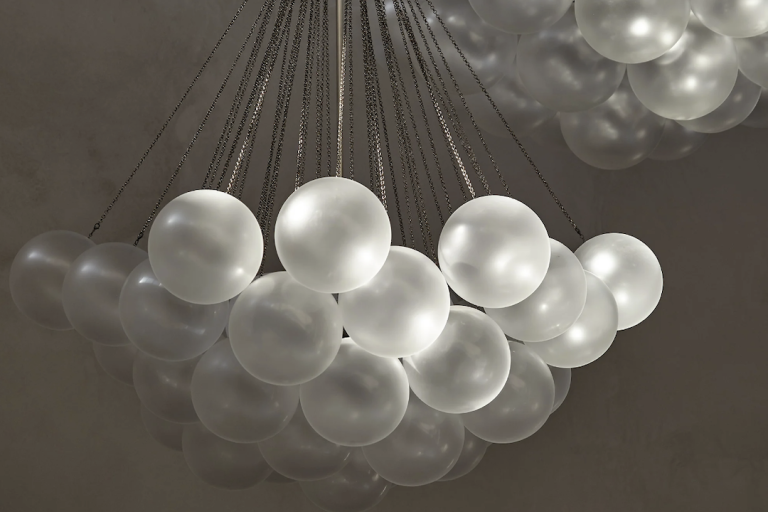
+ There are no comments
Add yours